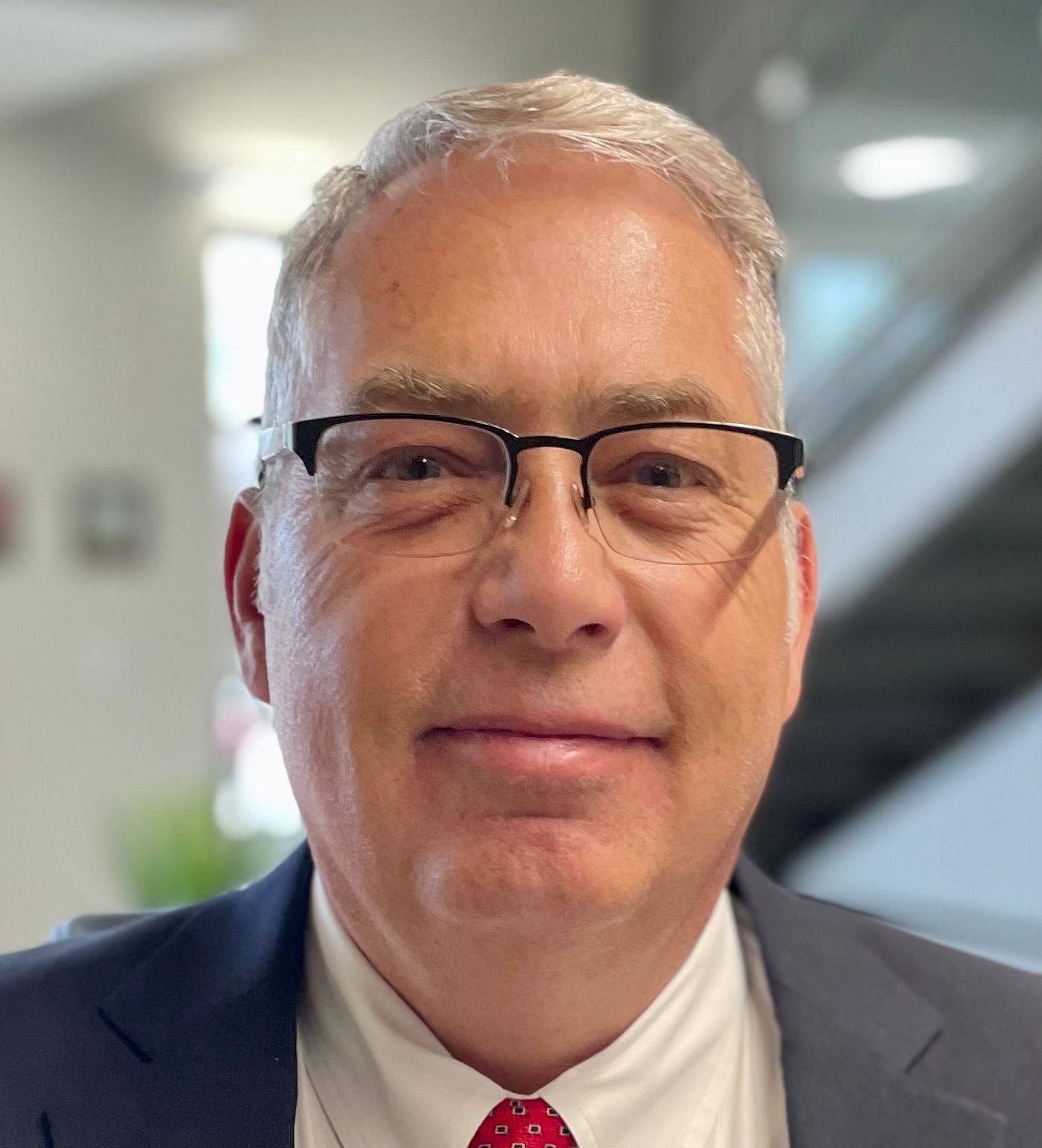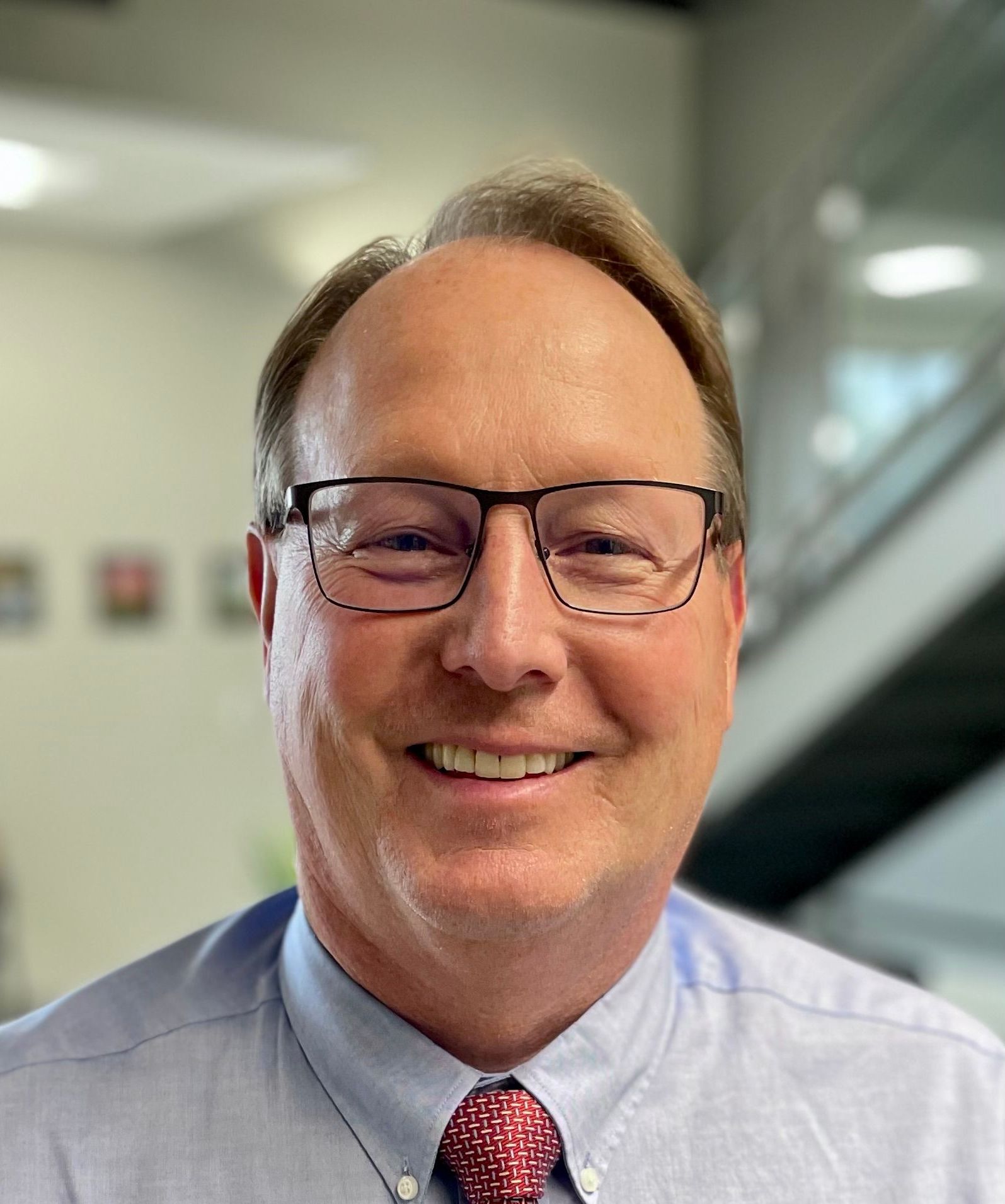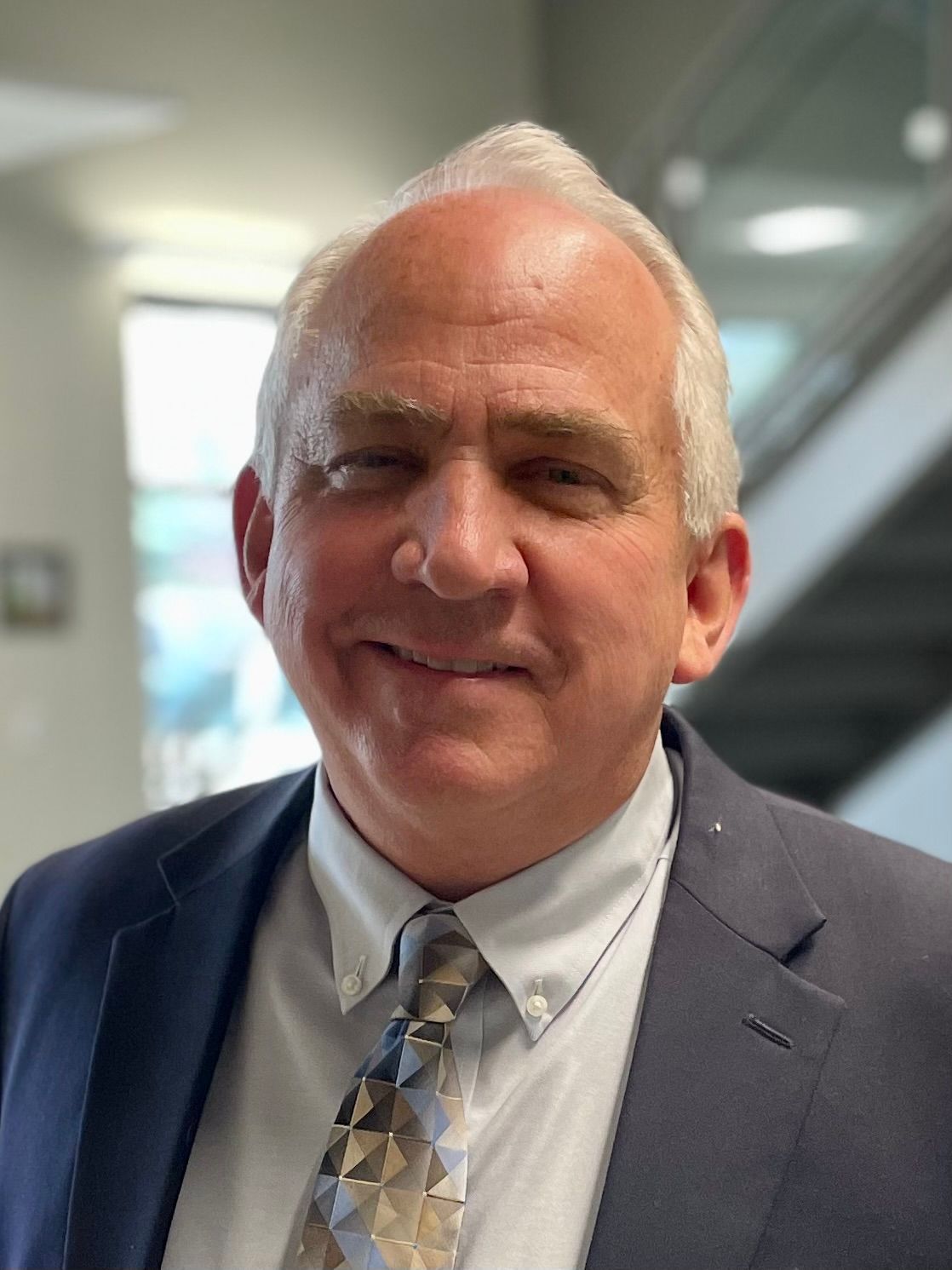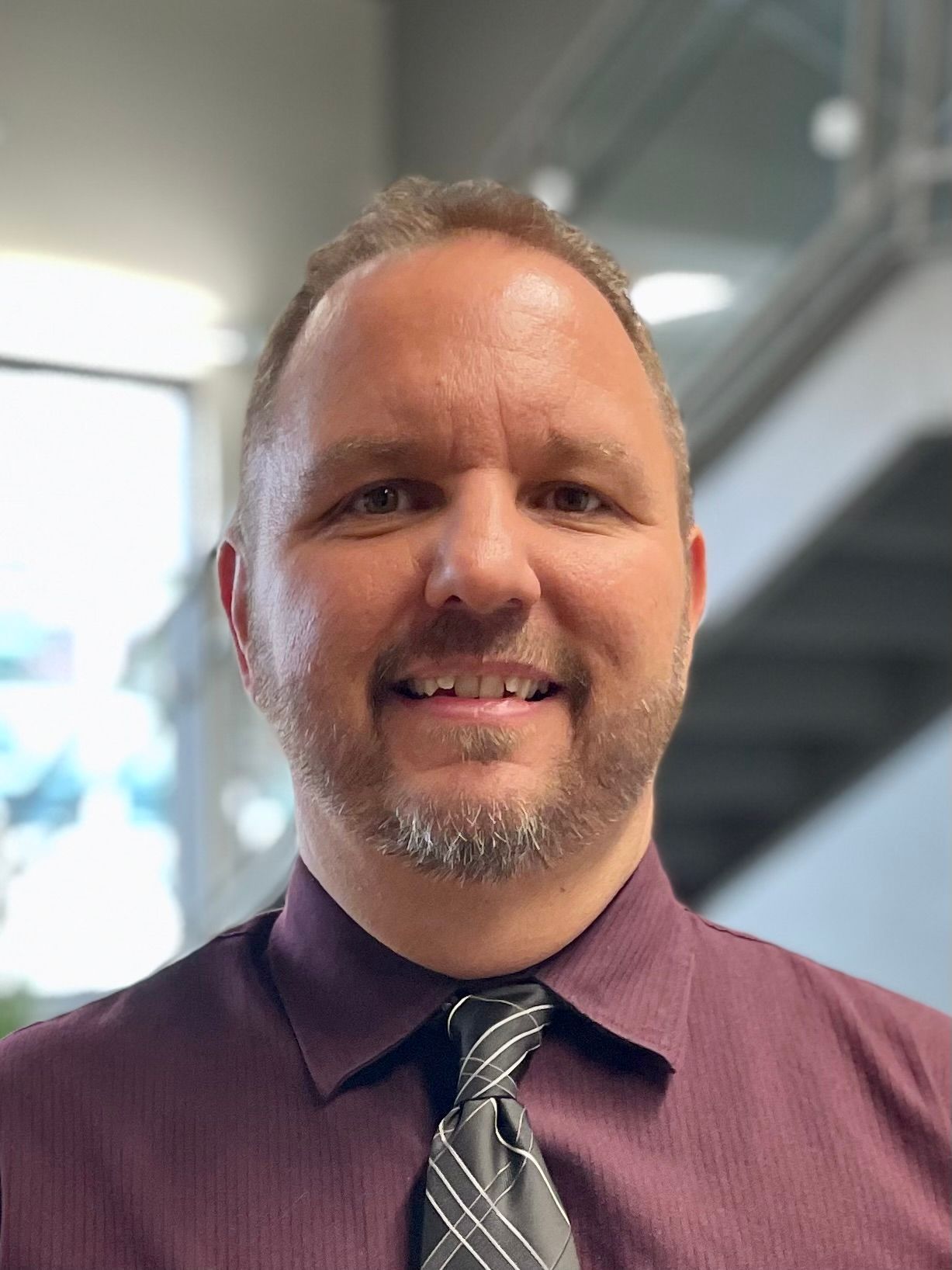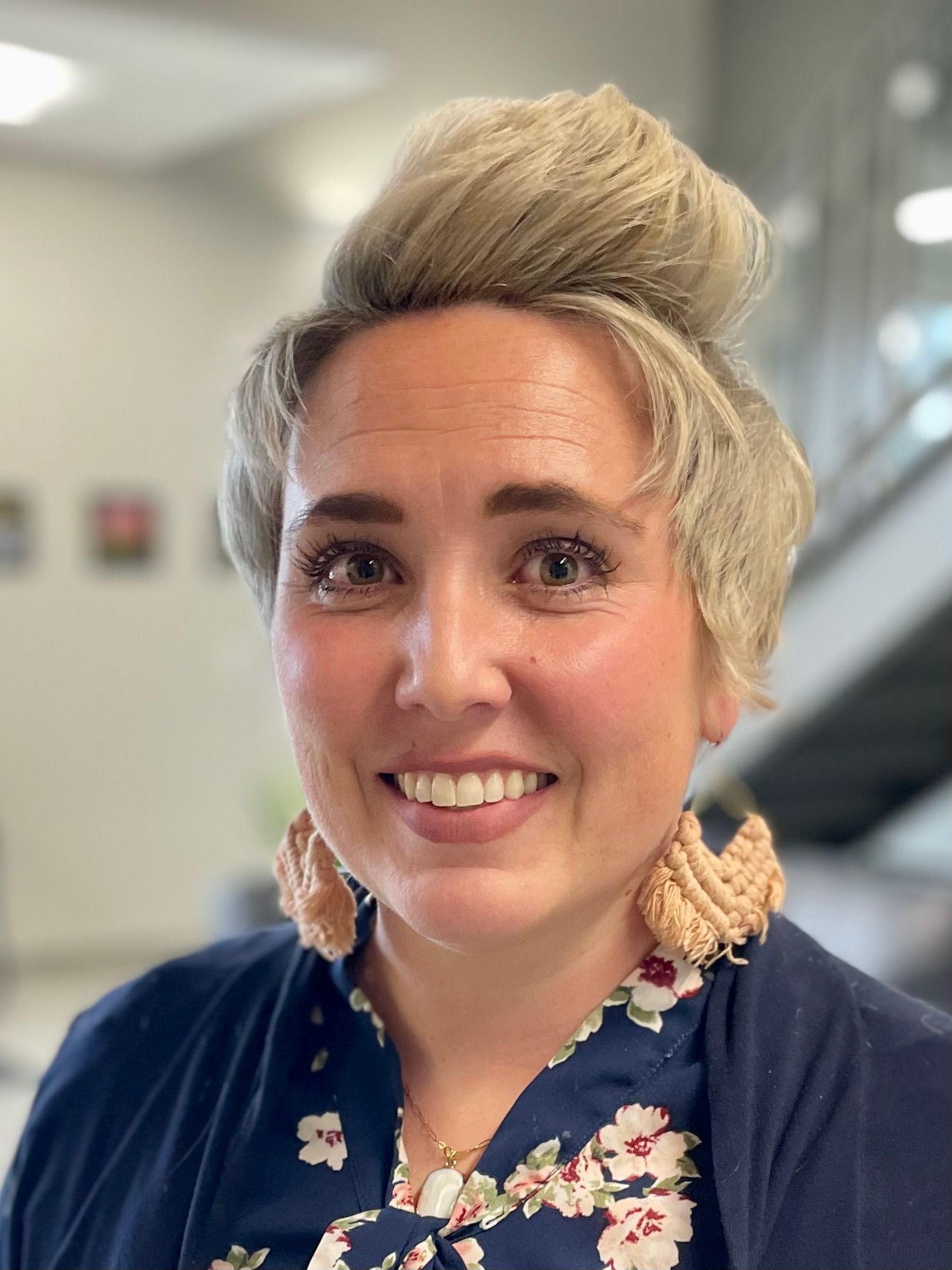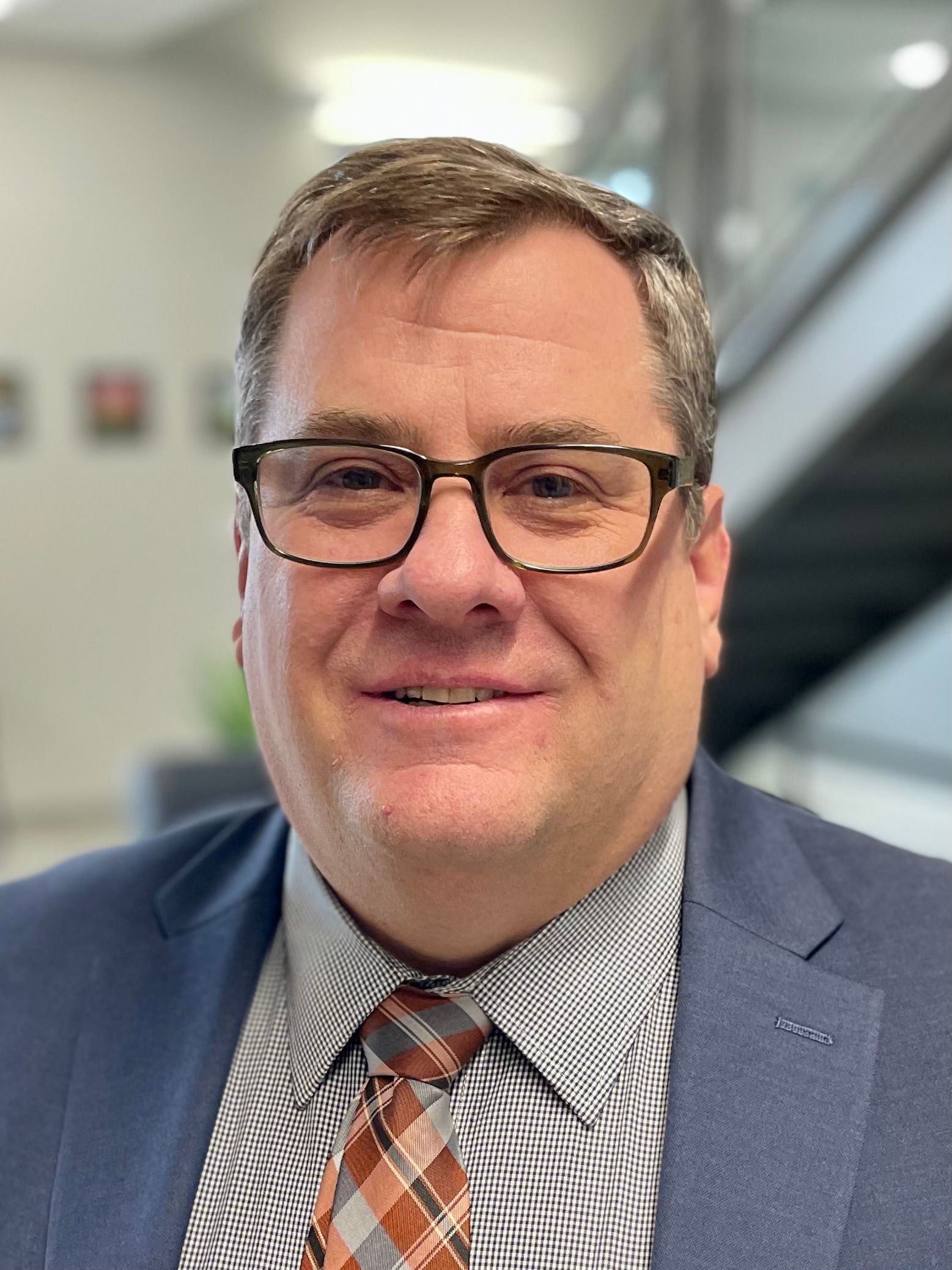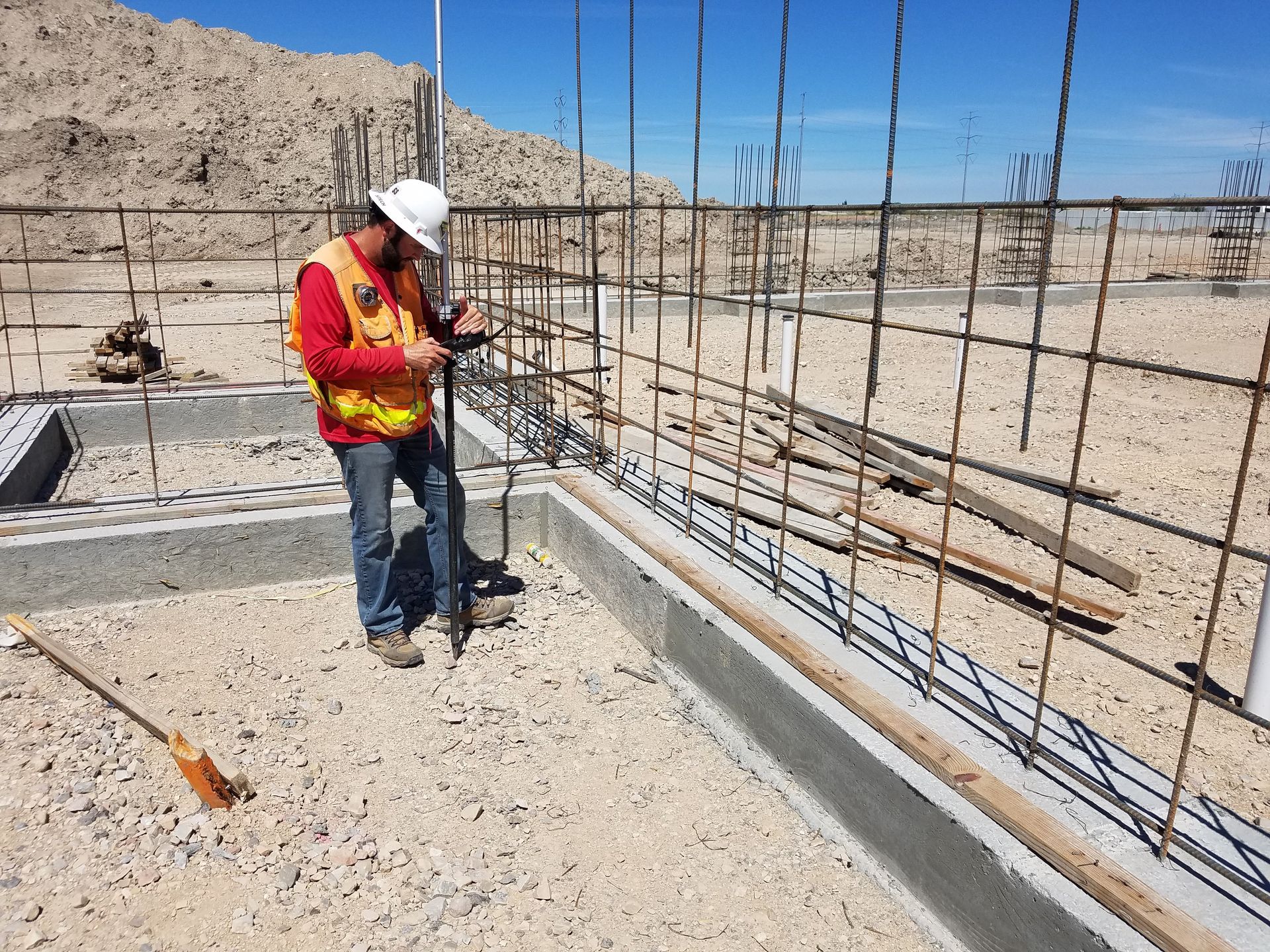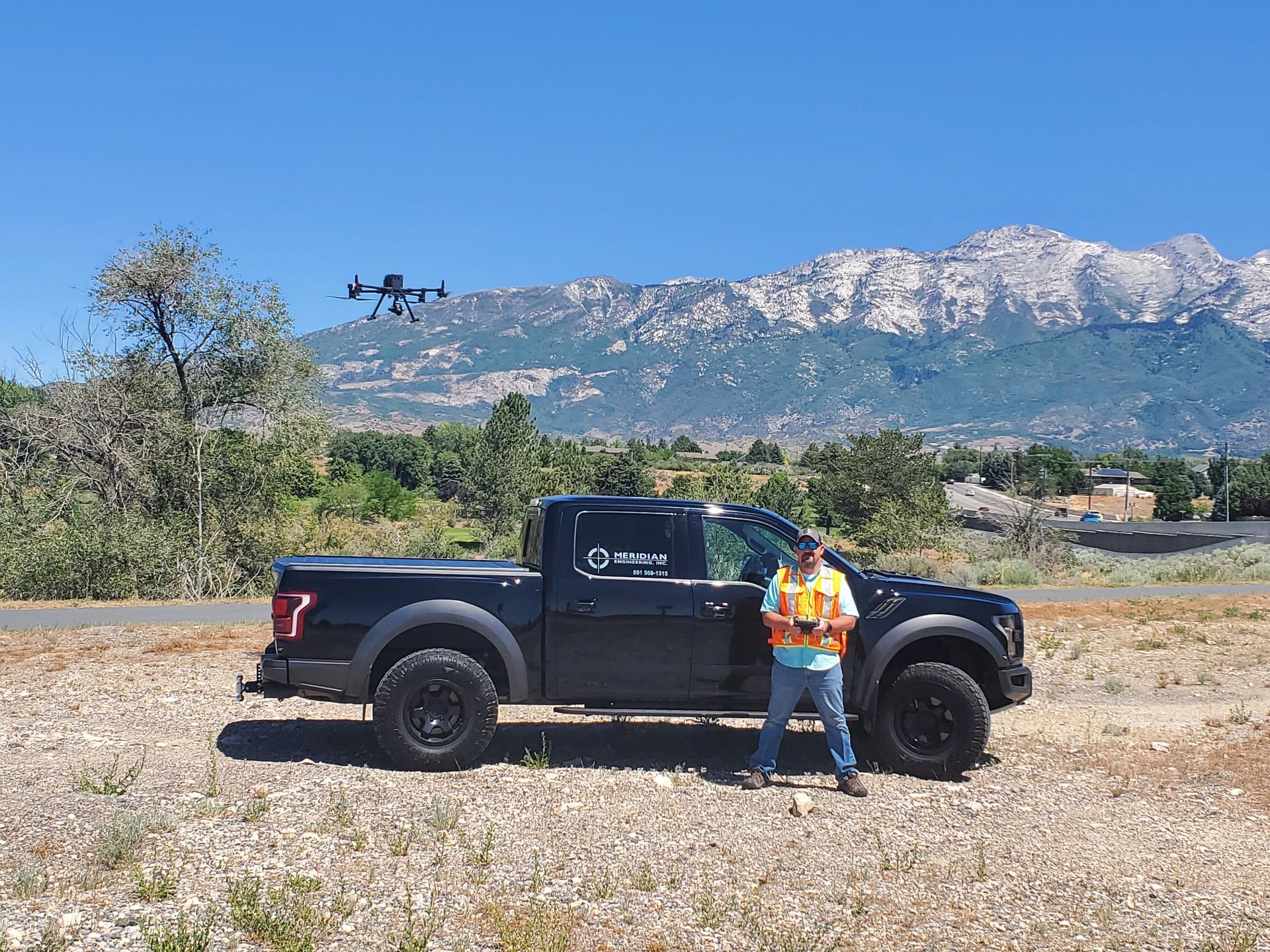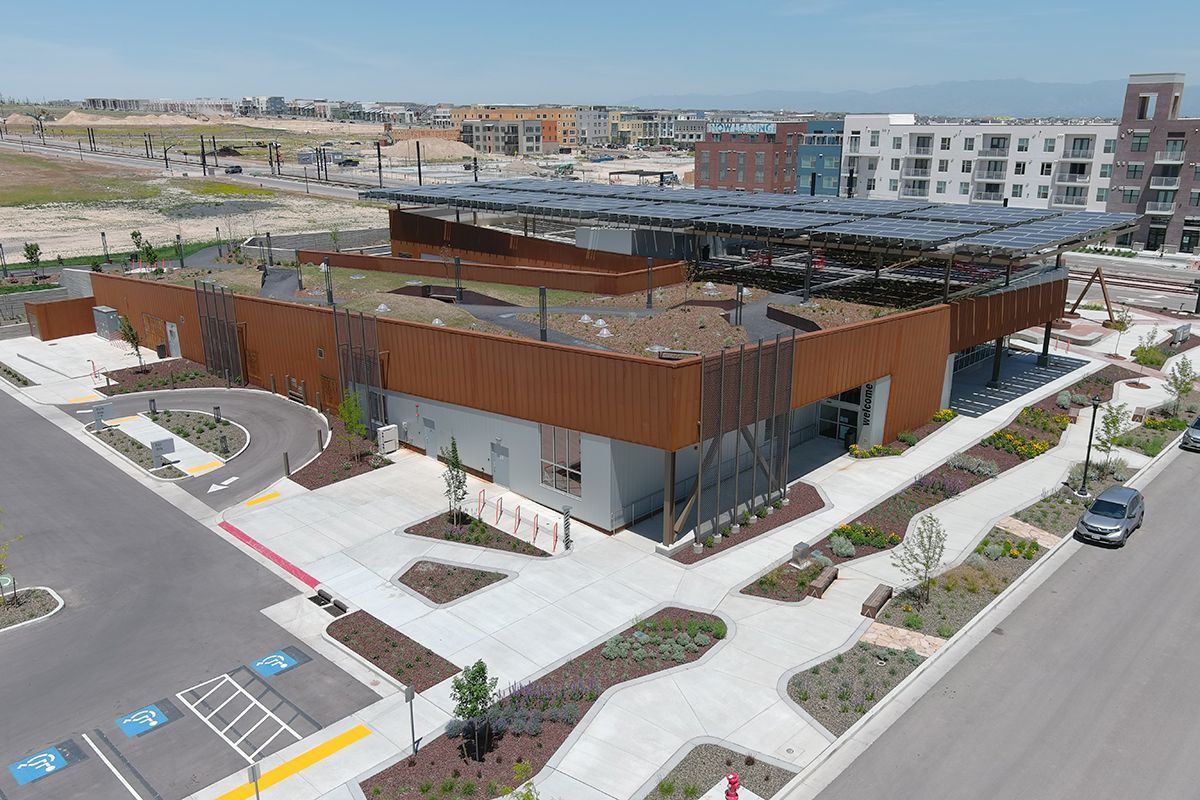Trio of founders celebrate significant milestone of engineering firm they started in June 1997. By Brad Fullmer
Utah’s economic growth in the 1990s—including significant activity and progress within the A/E/C industry—was already in full bloom when Salt Lake City was selected to host the 2002 Winter Olympic games in June 1995. That transcendent event proved to be a seminal moment for the Beehive State.
Two years later in June 1997, three co-workers who worked together at a Utah-based civil engineering firm—Darryl Fenn, Randall Vickers and Steve Johnson—decided to venture out on their own with the creation of South Jordan-based Meridian Engineering.
As they celebrate Meridian’s 25th Anniversary this year, the co-founders are proud of what their firm has accomplished the past quarter century
“We’ve done well—we’ve paid our dues,” said Fenn, 61, who serves as President. “We’ve had our ups and downs; we’ve endured the bad economy as well as the good economy. We’ve been very blessed.”
The chemistry and synergy between the trio, with each offering unique individual skills and strengths, helped the firm be effective right out of the gate.
“I think we all bring different aspects to the firm,” said Fenn “Some of us are a little more cautious, some are a little more outgoing. All three of us bring something (unique)—different things we’re good at—that has kept us together. Three of us together is better than one of us separate.”
It hasn’t always been smooth sailing. The firm waded through a small post-Olympic recession, and then were able to weather the ‘Great Recession’ from 2008-10 by incorporating strict disciplinary measures and keeping their quality services intact, surviving in part from excellent long-term client relationships.
“For so long you just put your head down and try to make payroll every two weeks,” said Johnson, 62, Vice President and CFO. “I remember those first few months […] there was always a question if we were going to pay ourselves. Things have just worked out. We’ve been able to get through the tough times like 2002 and 2008 and come out okay on the back side. I’ve enjoyed the experience of being a partner in the business, especially with two good partners.
In their 25 years of business, Meridian has established itself as a premier surveying and planning firm, working on memorable projects like Bear Lake State Park access improvements, and Daybreak Library (all photos courtesy Meridian Engineering).
Transitioning to Next Generation
Meridian has grown to a staff of 40 full-time professionals while offering a wide array of services, including civil engineering (mainly land/site development), transportation engineering, surveying, GIS/mapping, right-of-way design, real estate acquisition and LiDAR.
The firm currently has nine shareholders; Fenn and Vickers are majority owners with a 30% stake each, while Johnson has begun the process of selling some of his shares and owns 18%, with his eye set on retirement in 2023. In addition to Barron, Nadeau and Luthi, there are six other Project Managers with a piece of the ownership pie.
While Johnson has one foot already out the door, Fenn and Vickers intend to keep pushing hard for at least the next five years, maybe even through the end of this decade. They have begun the imminent process of transitioning to a second generation of leaders and are highly optimistic the firm will maintain its success long after they leave.
“Nobody knows what the future holds,” said Fenn. “If you take care of the basics, good things happen to you. I’m pleased with our growth, but I’m not satisfied where we’re at. I want to go beyond my capabilities.”
“The people we work with is the most satisfying thing,” said Vickers. “We’ve collected some really solid folks, people that have been here a long time.”
“In the last five years I’ve come to the realization that Meridian will outlive the three founders,” added Fenn. “And that is great comfort.”
During a company-wide meeting in late June, Fenn got wistful for a moment as he reflected on just how far the firm has come since its inception 25 years ago.
“I stood there and looked around the room and everyone was enjoying their doughnuts and I thought, ‘Gosh, what a great group of people’. My loyalty to them is deeper than I ever could have imagined when we started out,” said Fenn. “Meridian means a lot to me. The second generation of leadership is already stepping up and filling the openings we need them to.”


















